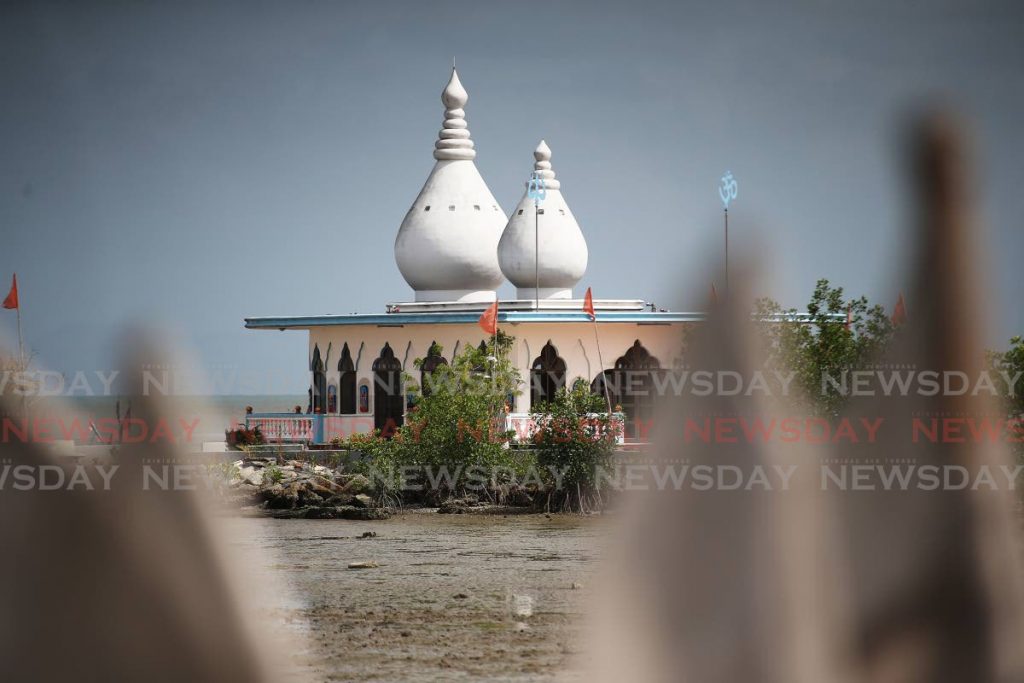Sacrilegious vandalism

IT TOOK Sewdass Sadhu 25 years to build the Temple in the Sea.
He painstakingly transported materials, stone by stone, on his bicycle and in a leather bag. The rocky pathway into the Gulf of Paria and the temple were completed in 1952. After his death in 1970, the structure was, once again painstakingly, renovated in 1995 and reopened by the government.
Yet this sacred site, which is a memorial to perseverance and to religious freedom in this country, has been vandalised repeatedly. Such incidents have, over the years, unfortunately come to be regarded as commonplace.
However, the last few weeks have seen a dramatic and disturbing surge in such acts of vandalism directed at multiple Hindu places of worship, sometimes on the same day. This surge, which has partly coincided with the auspicious period of Navratri and comes ahead of Divali, is a worrisome development.
The situation is so disturbing that there was a rare show of unity in Parliament on Tuesday when opposition and government senators spoke out against the sacrilege.
On Sunday, stones were thrown at the Pranavananda Ashram in Freeport, where a significant religious gathering known as the Kanya Kumari Pooja was in progress. Vehicles belonging to worshippers were damaged. Just hours prior, an effigy of King Ravan, the chief antagonist of the Hindu epic Ramayana, had been destroyed by vandals in Tarouba.
But according to Narmanda Ramjit Singh, the PRO of the Compass Foundation, a non-profit organisation dedicated to promoting unity, diversity and religious freedom, there have also been recent acts of intrusion, desecration and vandalism targeting the Lakrani Ganesh Mandir in Penal, the Williamsville Hindu Temple and the Kali Mata Temple in Carli Bay.
Authorities must do more than just appeal for calm and national unity.
The police need to get to grips with the security implications of these incidents. While it may be tempting to dismiss these kinds of premeditated actions as merely the activity of rogue actors – whether mentally disturbed or otherwise – there is a need to bring those responsible to justice, if only to allay concerns of something more sinister afoot.
In addition to setting the right example, the same legislators who rose to their feet on Tuesday should examine the case for legislative reform. There has long been a case for the inclusion of “hate crimes” on our statute books.
All these acts come after a difficult period for organised religion in this country, namely the covid19 pandemic when assemblies and gatherings were banned.
Ironically, if the culprits have sought to undermine places of worship, they have nonetheless drawn attention to the vital role these places play within the fabric of our society. And these attacks may well encourage donors and communities to come together to protect, repair and support these venues more than ever.


Comments
"Sacrilegious vandalism"